 Royal Canin Feline Health Nutrition Adult Instinctive Thin Slices in Gravy Wet Canned Cat Food
Royal Canin Feline Health Nutrition Adult Instinctive Thin Slices in Gravy Wet Canned Cat Food
If your cat has been diagnosed with kidney disease, dietary changes can make a significant difference in managing symptoms and supporting kidney function. Homemade cat food for cats with kidney disease offers a customizable option to control phosphorus, sodium, and protein levels precisely, potentially outperforming standard prescription diets in quality and freshness. Developed by veterinary nutrition experts, these recipes prioritize high digestibility and balanced nutrition tailored to feline renal needs.
Kidney disease affects millions of cats worldwide, with chronic kidney disease (CKD) being the most prevalent form. Early intervention through nutrition helps slow progression, maintain hydration, and improve quality of life. In this guide, we’ll explore proven strategies, including a veterinarian-formulated homemade cat food recipe for kidney disease, backed by experts like Dr. Meredith Wall.
Understanding Kidney Disease in Cats
Kidney disease in cats occurs when the organs fail to filter waste effectively, leading to toxin buildup in the blood. Chronic kidney disease (CKD) develops gradually, often in senior cats over 7 years old, while polycystic kidney disease (PKD) is genetic, forming cysts that impair function over time. Symptoms include increased thirst and urination, weight loss, lethargy, poor appetite, and dull coat—signs that demand prompt veterinary attention.
Diagnosis typically involves blood tests measuring creatinine, BUN, and SDMA levels, alongside urinalysis for concentration ability, as recommended by the Cornell Feline Health Center. Without management, cats can progress to kidney failure, but nutritional tweaks can extend life expectancy by years. For instance, diets low in phosphorus reduce hyperphosphatemia, a key accelerator of decline.
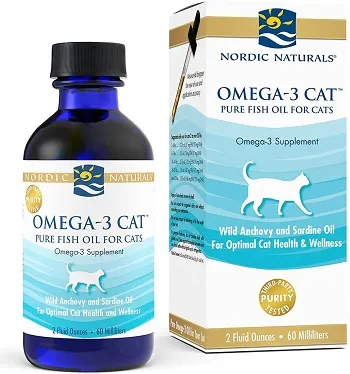 Nordic Naturals Omega-3 Pet Liquid Supplement
Nordic Naturals Omega-3 Pet Liquid Supplement
Veterinarians emphasize monitoring via regular check-ups, as individual needs vary based on IRIS staging (1-4). Always consult your vet before changes, especially if your cat has concurrent issues like hypertension or anemia.
Key Principles of Nutritional Management for Renal Cats
No cure exists for kidney disease, but diet is cornerstone therapy. Focus on three pillars: restricted high-quality protein, low phosphorus, and controlled sodium, while boosting moisture to combat dehydration from polyuria.
Restricted High-Quality Protein
Cats are obligate carnivores requiring animal-based proteins, but excess strains failing kidneys by increasing waste like urea. Opt for moderate levels (around 28-30% calories from protein) of highly digestible sources to preserve muscle mass without overload. Studies show this prevents malnutrition better than ultra-low protein diets.
Low Phosphorus Levels
Failing kidneys can’t excrete phosphorus, leading to soft tissue mineralization and faster deterioration. Ideal renal diets limit phosphorus to 0.5% dry matter basis or 0.7g per 1000 kcal. Binders like aluminum hydroxide may supplement if needed.
Reduced Sodium Intake
Excess sodium raises blood pressure, exacerbating damage. Therapeutic targets: 0.5-1g per 1000 kcal, per ACVN guidelines from Dr. Martha G. Cline.
High-moisture wet or homemade formats encourage intake, crucial since renal cats urinate more yet drink less instinctively.
 NOW Psyllium Husk Powder
NOW Psyllium Husk Powder
Prescription Renal Diets: Pros and Cons
Veterinary prescription foods like Royal Canin Renal Support or Hill’s k/d control nutrients effectively and are convenient. They’re palatable, often with added potassium against hypokalemia, and clinically proven to extend survival in trials.
However, drawbacks include high carbs (up to 50%), plant proteins, by-products, and artificial additives, which may cause digestive upset or poor long-term palatability. For cats rejecting these, or owners seeking transparency, homemade cat food for kidney disease shines—fresh, customizable, and free of fillers.
Challenges and Solutions in Homemade Renal Diets
Generic homemade recipes risk imbalances: too much phosphorus from bones, inadequate taurine, or excess protein triggering muscle catabolism. Raw diets with bone may suit some CKD cats per Lyn Thomson of Feline-Nutrition.org, but monitor phosphates closely.
Vet-formulated recipes mitigate this, incorporating carbs like rice for energy sparing, fats for calories, and supplements for completeness. Use a digital scale for precision; store refrigerated (3-5 days) or frozen in portions.
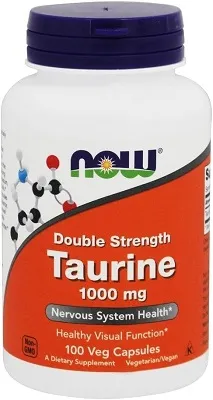 NOW Taurine (1,000mg) Capsules
NOW Taurine (1,000mg) Capsules
Vet-Approved Chicken and Salmon Recipe for Kidney Cats
This recipe by Dr. Meredith Wall (BVSc, PhD candidate in nutrition, Massey University) yields 1kg of balanced homemade cat food for kidney disease: 27.8% protein calories, 54.8% fat, 17.4% carbs, 0.71g phosphorus/1000kcal, 70% moisture. Follow exactly; substitutions alter profiles.
Ingredients (1kg Batch)
- 470g raw boneless, skinless chicken thigh
- 30g canned pink salmon in water (bones/skin included)
- 90g salted butter, softened
- 220g cooked white rice (short/medium grain, overcooked soft)
- 100g raw peeled pumpkin or butternut squash
- 60g raw chopped spinach, kale, or Swiss chard (stems removed)
Essential Supplements (Per Batch)
- 7ml Nordic Naturals Omega-3 Pet Liquid
- 5g NOW Psyllium Husk Powder
- 2x 1000mg NOW Taurine capsules (contents)
- 1x 25mg Source Naturals Iron tablet (crushed)
- 3x NOW Daily Vits Multivitamin capsules (contents)
- 2 level tsp NOW Calcium Carbonate Powder
- ½ level tsp NOW Potassium Chloride Powder
- 2x 500mg Nature’s Way Choline tablets (crushed)
Step-by-Step Instructions
- Steam rice until very soft; cool slightly, measure 220g, mix in softened butter.
- Microwave pumpkin/spinach with 1 tsp water until soft; cool and mash.
- Sauté chicken until cooked (or use fresh raw human-grade); mince finely.
- Combine rice mixture, veggies, chicken, and salmon; stir well.
- Add psyllium and fish oil; mix thoroughly.
- Incorporate remaining supplements; blend evenly.
- Cool completely; portion, refrigerate, or freeze (roll into balls for easy thawing).
Feed based on your cat’s weight/energy needs (e.g., 20-30g/kg bodyweight daily), adjusting per vet bloodwork.
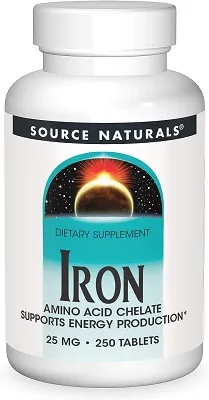 Source Naturals Iron (25mg) Tablets
Source Naturals Iron (25mg) Tablets
Top Recommended Supplements for the Recipe
Supplements ensure AA profile, minerals, and extras. Initial cost is higher, but they last multiple batches. Source from reputable brands; verify with vet for interactions.
1. Nordic Naturals Omega-3 Pet Liquid Supplement
 Nordic Naturals Omega-3 Pet Liquid Supplement
Nordic Naturals Omega-3 Pet Liquid Supplement
Supports anti-inflammatory effects for kidneys; EPA/DHA from sustainable fish oil. Easy dropper dosing.
2. NOW Psyllium Husk Powder
 NOW Psyllium Husk Powder
NOW Psyllium Husk Powder
Soluble fiber aids digestion, binds toxins gently.
3. NOW Taurine (1000mg) Capsules
 NOW Taurine (1,000mg) Capsules
NOW Taurine (1,000mg) Capsules
Essential for cardiac/ocular health; empty capsules fully.
4. Source Naturals Iron (25mg) Tablets
 Source Naturals Iron (25mg) Tablets
Source Naturals Iron (25mg) Tablets
Combats anemia common in CKD; crush finely.
5. NOW Calcium Carbonate Powder
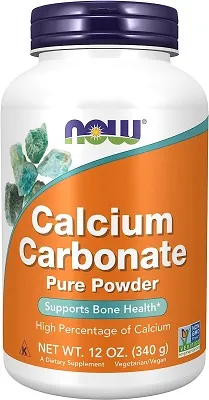 NOW Calcium Carbonate Powder
NOW Calcium Carbonate Powder
Balances phosphorus; monitor for hypercalcemia.
6. NOW Potassium Chloride Powder
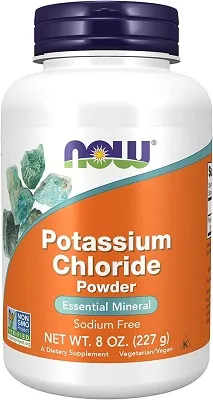 NOW Potassium Chloride Powder
NOW Potassium Chloride Powder
Prevents hypokalemia; fine powder mixes seamlessly.
7. Nature’s Way Choline (500mg) Tablets
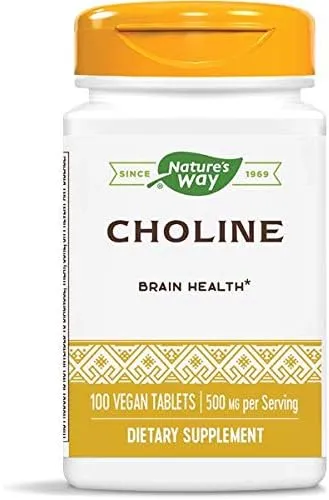 Nature’s Way Choline (500mg) Tablets
Nature’s Way Choline (500mg) Tablets
Brain support; crush before adding.
 NOW Calcium Carbonate Powder
NOW Calcium Carbonate Powder
Monitoring and Long-Term Success
Regular vet visits with bloodwork (every 3-6 months) track phosphorus, potassium, and protein status. Adjust recipe if anemia or hypertension emerges—phosphate binders or fluids may complement. Transition gradually over 7-10 days to avoid refusal.
Homemade cat food for kidney disease empowers owners with control, freshness, and palatability, often leading to better appetite and weight stability. Pair with hydration tricks like fountains and stress reduction for holistic care.
Consult your veterinarian before starting, and explore tools like Kidney-Chek for at-home screening. Your cat’s kidneys—and gratitude—will thank you.
References:
- Cornell Feline Health Center: Chronic Kidney Disease
- Veterinary Nutrition Group (Dr. Meredith Wall): Recipe Source
- ACVN Nutrition Notes (Dr. Martha G. Cline)
- Feline-Nutrition.org (Lyn Thomson)
